Shift Towards Value-Based Care Models
The shift towards value-based care models is a pivotal driver in the Healthcare Provider Network Management Market. This approach emphasizes the quality of care over the quantity of services provided, encouraging healthcare providers to focus on patient outcomes. As value-based care becomes more prevalent, providers are increasingly required to demonstrate the effectiveness of their services. This shift is supported by data indicating that organizations implementing value-based care strategies have seen a 20% improvement in patient satisfaction scores. The Healthcare Provider Network Management Market plays a crucial role in facilitating this transition by offering tools that enable providers to track performance metrics and optimize care delivery. As the industry continues to evolve, the demand for effective network management solutions that support value-based care is expected to rise.
Increased Focus on Patient-Centric Care
An increased focus on patient-centric care is reshaping the Healthcare Provider Network Management Market. This trend reflects a broader recognition of the importance of patient engagement and satisfaction in healthcare delivery. Providers are now prioritizing strategies that place patients at the center of care, fostering better communication and personalized treatment plans. Recent surveys indicate that over 75% of patients prefer healthcare providers who actively involve them in decision-making processes. This shift necessitates enhanced network management solutions that facilitate patient-provider interactions and streamline care pathways. The Healthcare Provider Network Management Market is thus likely to expand as providers seek innovative ways to enhance patient experiences and outcomes, ultimately leading to improved healthcare delivery.
Technological Advancements in Healthcare IT
Technological advancements are significantly shaping the Healthcare Provider Network Management Market. Innovations such as telemedicine, electronic health records, and cloud-based solutions are transforming how healthcare providers manage their networks. The integration of these technologies enhances data sharing and communication, which is essential for effective network management. Recent statistics suggest that the adoption of healthcare IT solutions has increased by over 40% in the past few years. This surge indicates a growing recognition of the importance of technology in improving operational efficiency and patient care. As healthcare providers increasingly rely on advanced IT systems, the Healthcare Provider Network Management Market is likely to expand, driven by the need for sophisticated tools that support network optimization and data analytics.
Rising Demand for Efficient Care Coordination
The Healthcare Provider Network Management Market is experiencing a notable increase in demand for efficient care coordination. As healthcare systems evolve, the need for seamless communication among providers becomes paramount. This demand is driven by the necessity to enhance patient outcomes while minimizing costs. According to recent data, approximately 70% of healthcare organizations are prioritizing care coordination initiatives. This trend indicates a shift towards integrated care models, where providers collaborate to deliver comprehensive services. The Healthcare Provider Network Management Market is thus positioned to facilitate these collaborations, ensuring that patients receive timely and appropriate care. The emphasis on care coordination not only improves patient satisfaction but also optimizes resource utilization, making it a critical driver in the current market landscape.
Regulatory Changes and Compliance Requirements
The Healthcare Provider Network Management Market is influenced by ongoing regulatory changes and compliance requirements. Governments and regulatory bodies are continuously updating policies to enhance healthcare quality and patient safety. These changes often necessitate adjustments in how healthcare providers manage their networks. For instance, compliance with new data protection regulations can compel organizations to invest in more robust network management solutions. Recent reports indicate that nearly 60% of healthcare providers are actively seeking solutions to ensure compliance with evolving regulations. This trend underscores the importance of adaptive network management strategies that can accommodate regulatory demands. Consequently, the Healthcare Provider Network Management Market is likely to see growth as providers seek to align their operations with these regulatory frameworks.


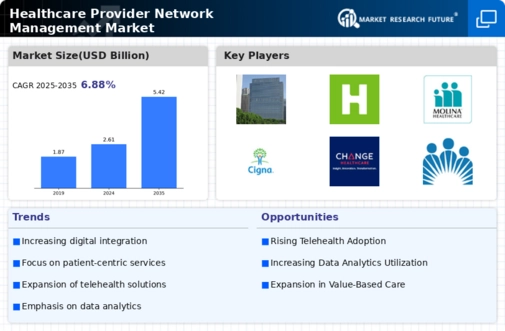
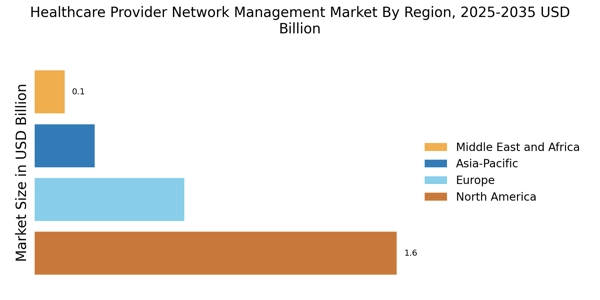
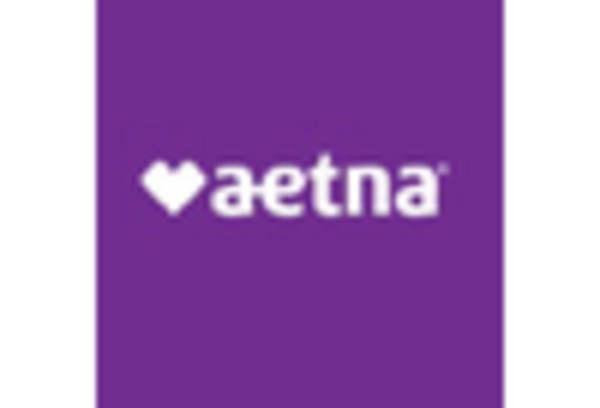

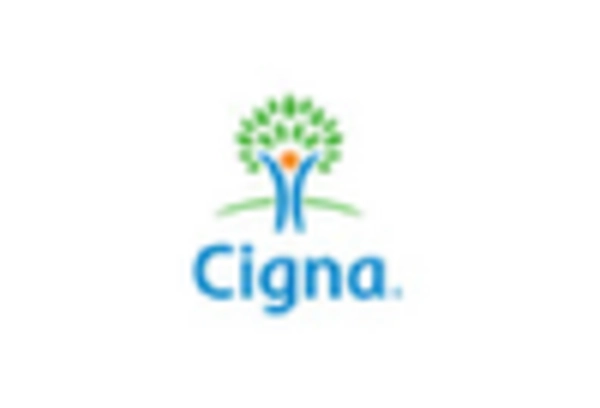
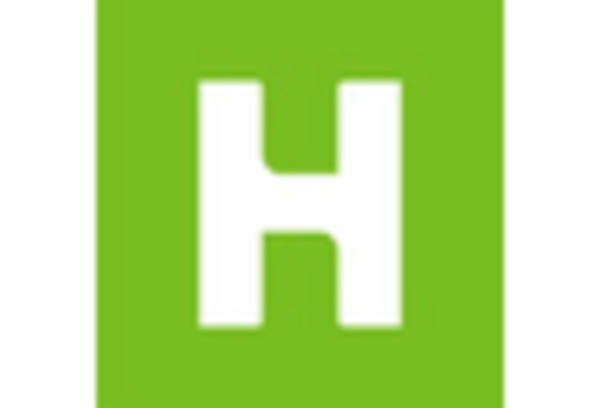
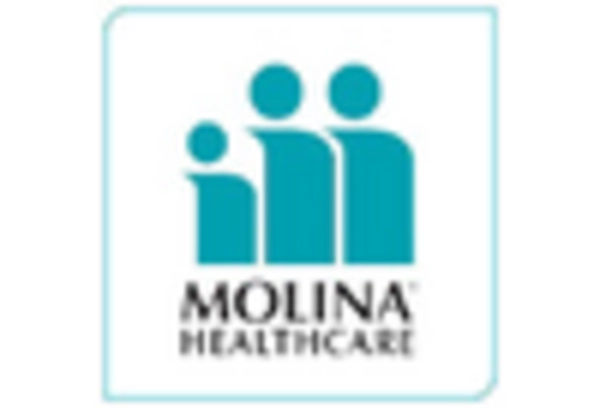
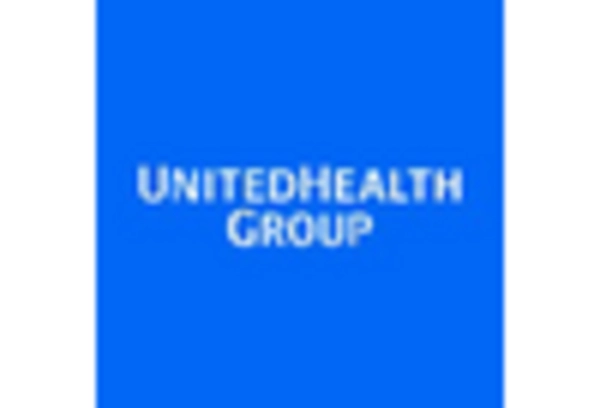








Leave a Comment